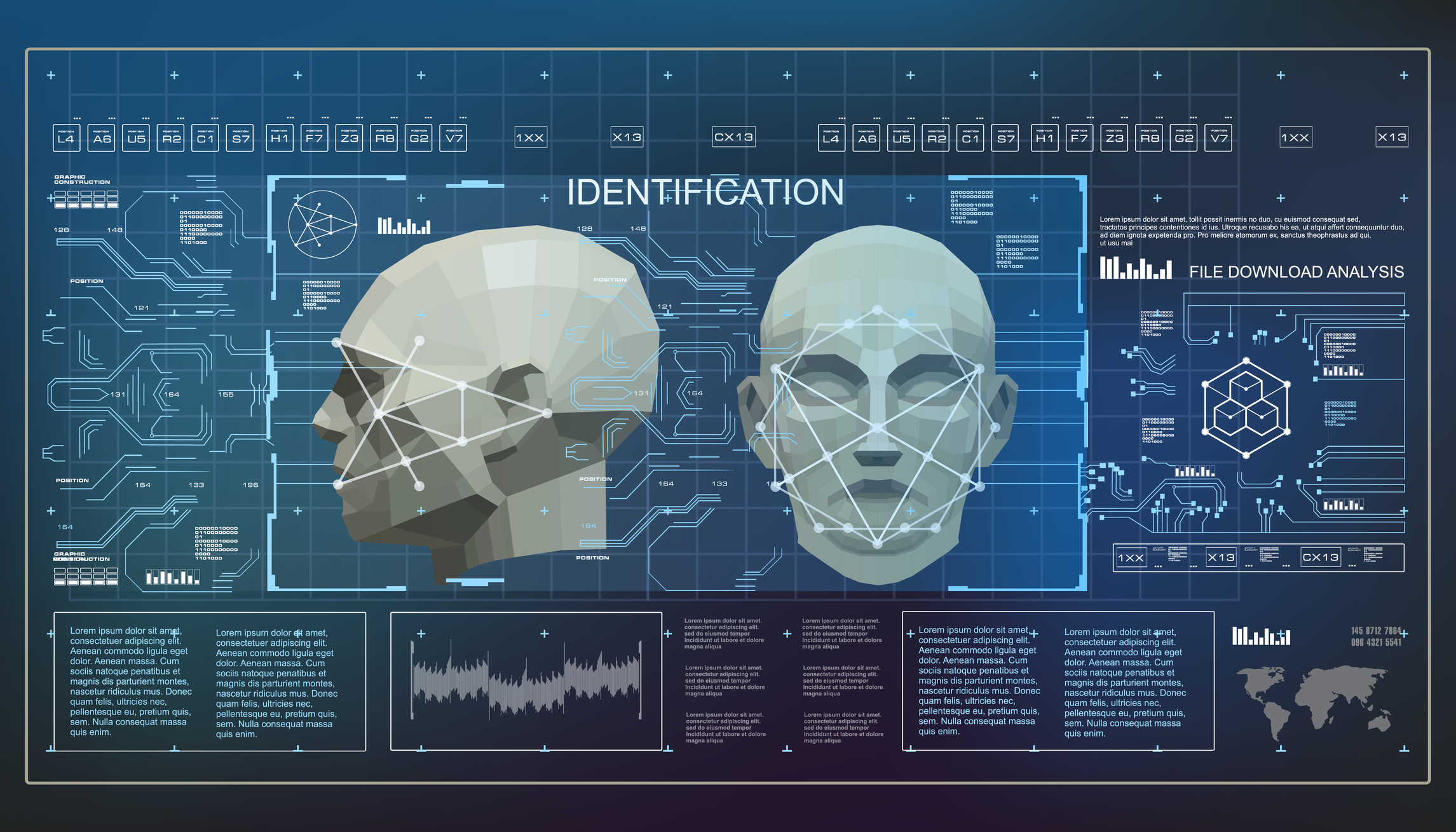A number of businesses are starting to use audio and image signal processing in IoT systems and applications to transform the way they run their companies and do business.
The addition of audio and image signal processing in Internet of Things systems and applications delivers a number of benefits, ranging from cost savings to supply chain efficiencies. Better yet, these benefits are possible across just about any industry (although some are benefitting more than others).
We are going to take a closer look at what these companies are doing, so you can take advantage of audio and image signal processing in your business.
Audio and image signal processing: Overview and impact on IoT
While you may already be familiar with audio and image signal processing, let’s do a quick refresher.
Let’s start with image processing, as it is the more familiar of the two for most people. In fact, most of us see it in action every day.
If you’re on Facebook and the application suggests you tag certain people in a photo you just uploaded, that is image processing in action. This is a specific type of image processing—facial recognition—but the technology is the same for any kind of image, and it is being used in IoT applications in many ways.
For example, parts on a conveyor belt in a manufacturing plant can be inspected via image processing to identify defects, rather than having a human manually performing inspections. Drones can also capture and process images that can be used in many industries.
Image processing is not a new technology, but in the last few years certain improvements have made it more accurate due to the convergence of better algorithms for analysis, and less processing power required. This is allowing more organizations across multiple verticals to deploy image processing.
When most of us think of audio processing, we may think of Natural Language Processing, but that is not really what we are talking about here.
A great way to explain audio signal processing is to use an analogy. As you drive your car around each day, you become familiar with the normal noises it makes when it is running smoothly.
You also know when you start hearing sounds that tell you it’s time to take it into the shop. This is basically how audio signal processing works.
Sounds are captured and analyzed. Machine Learning technology is used to create a model of what something (such as equipment in your factory) sounds like when it is running well and what it sounds like just before it is about to break.
It’s important to note that vibrations are part of audio signal processing, because vibrations are a type of sound. They are just high-pitched enough so we cannot normally hear them.
We mention vibrations as they are important across many industries, especially Industrial IoT, where machinery may not make a bad sound before it breaks, but it may be shaking slightly or not moving properly.
We are working with a client on a project to install sensors on the rollers on a conveyor belt to monitor vibrations, to make sure they are running properly. We are using the data from hundreds of hours of “good vibrations” and a few dozen hours of “bad vibrations” to create a Machine Learning model that triggers an alert when maintenance is required. The benefit here is that maintenance can be scheduled, while the dreaded unscheduled downtime is avoided.
Both audio and image signal processing are being added to IoT applications and systems to gain even more value from them. This technology even allows older machines and equipment to take advantage of IoT capabilities.
You may have an older piece of equipment that does not have any type of IoT sensor capability, and it may be expensive or nearly impossible to build in this technology. But it may be quite affordable to install a camera or other device to monitor the equipment and capture images or sound that can be analyzed and used for maintenance, theft prevention, and more.
Industry-specific use cases for audio and image signal processing
Audio and image signal processing benefit all industries, but here are three in which monumental gains are possible. As you read, keep in mind that these benefits are not unique to these three industries. Think about the vertical in which you operate and how similar scenarios may be optimized with audio and image signal processing.
Smart agriculture
Cameras on drones, tractors, and combines perform real-time image processing of field conditions. These data can be used to determine where to apply pesticides and fertilizers.
Pesticides can be applied only where needed, saving money and reducing runoff and the negative impact on the environment. Reduced fertilizer costs mean crops are grown more profitably.
Healthcare
Doctors use data from a patient’s wellness device (which, by the way, does not even have to be a prescription device) and download images and audio to evaluate patient health.
The fact that this can be done in real-time on a personal wellness device saves time and money. There is no need to wait for insurance to approve a prescription device, or to pay an exorbitant amount of money for it.
Images from X-ray and MRI machines, as well as other medical devices, can be collected, analyzed, and transmitted to doctors and other healthcare professionals faster, allowing issues to be detected and treated earlier. Better treatment reduces the length of hospital stays, improves overall patient care and satisfaction, and reduces healthcare costs for both patients and providers.
Industrial IoT
Audio and image signal processing is a more efficient way to monitor asset health and perform preventive maintenance.
Audio signal processing monitors the sounds that equipment makes, triggering alerts when a machine is making noises outside the normal range. This reduces downtime in production and saves money on repair and replacement of equipment as issues are addressed before an actual break occurs.
Image processing monitors items on an assembly line for quality control, eliminating the cost associated with manual inspections. Image processing can also be used to identify the location of products in the supply chain, improving logistics.
Drones can read RFID tags on items in a warehouse or distribution center to improve inventory maintenance. Gauges and monitors that humans manually read and record can be captured via camera and processed in real-time for faster, more efficient monitoring of systems.
Don’t forget about security
In any IoT system, data is captured, stored, and transferred, making the security of this data a real concern. This is usually a bigger concern for industries where highly sensitive information is captured (such as healthcare or financial services), but all industries need to keep security in mind.
Let’s use healthcare as an example of just how important security is in an IoT system using image or audio signal processing. In healthcare, HIPAA compliance is critical. There are strict regulations regarding which data can be shared.
With image processing for example, you may be gathering and storing MRI images for a patient up in the cloud for image processing. In the cloud, you likely have strong security controls in place to protect the data. But what about on the MRI machine itself, which may have been built long before these regulations were in place and image processing was being used?
If this machine is connected to the internet or even the internal network, someone can break in and access personal patient information. The same holds true for any other medical device that may be monitoring images or audio for processing, such as CPAP machines.
A recent study identified that imaging systems are actually the top security risk among connected health devices. One of the main reasons for this is that imaging systems are usually designed with off-the-shelf operating systems, which do not always have strong security built in.
They are also expensive to replace, so healthcare organizations try to get as much life out of them as possible. There are many outdated systems being used (which often equates to outdated security).
For a secure system, the data must be:
- Encrypted at rest—Data that is stored on a physical device (whether it be a health monitoring device, a drone, or a camera) is data at rest.
- Encrypted in transit—The physical device has to connect to the network to transmit data. When this occurs, the data is in transit.
Data should be encrypted in both of these states to provide proper security. While we won’t get into the specifics of encryption in this post, additional information is available.
Outside of encryption, general IoT security is always important and should be a primary focus throughout the life of the IoT system. We have written about additional tips for IoT security in the past and recommend following those best practices as well.
Audio and image signal processing, while not new, are now having a bigger impact on organizations thanks to better algorithms and reduced processing power requirements. Since it is now a very realistic option for many companies, it’s an ideal time to evaluate whether this technology can make your IoT systems more efficient, saving your company money, increasing productivity, and improving the customer experience.

